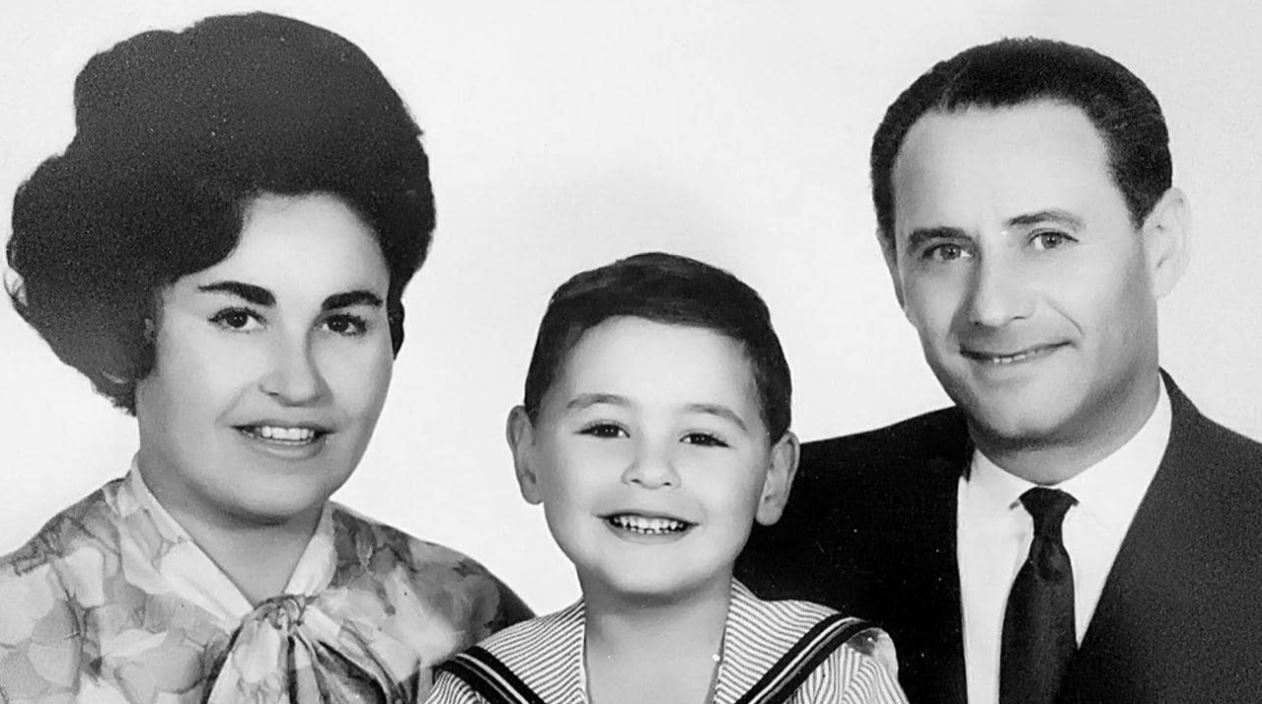He pushed the needle into her arm, starting the process of tattooing a number that would forever identify her as a Jew, and as a prisoner of Auschwitz-Birkenau.
As the tattooist in the camps, he had of course done something similar a thousand times before, but this was different. He felt it, as the needle went in; she felt it, too.
In the process of inking her arm, he had fallen in love.
This, as devoted readers will know, is the pivotal, as well as the opening scene in The Tattooist of Auschwitz by debut Melbourne novelist Heather Morris.
The book tells the story of the real-life tätowierer, or tattooist, of Auschwitz, the late Ludwig (or Lale, or perhaps Lali?) Sokolov, and his wife, Gita (nee Furman) who met, and became lovers, while both were prisoners in the Nazi camps.
The couple survived the Holocaust, married and later moved to Melbourne, where they had a son, Gary. Now both are dead, and their love story, or at least the telling of it in fiction form, by a previously unknown Melbourne writer, is generating controversy.
The Tattooist of Auschwitz is “based on a true story”, but how much of this book is real, and how much is imagined?
Given it’s a novel, does it matter if there’s a few mistakes?
Read the article by Caroline Overington in The Australian.

